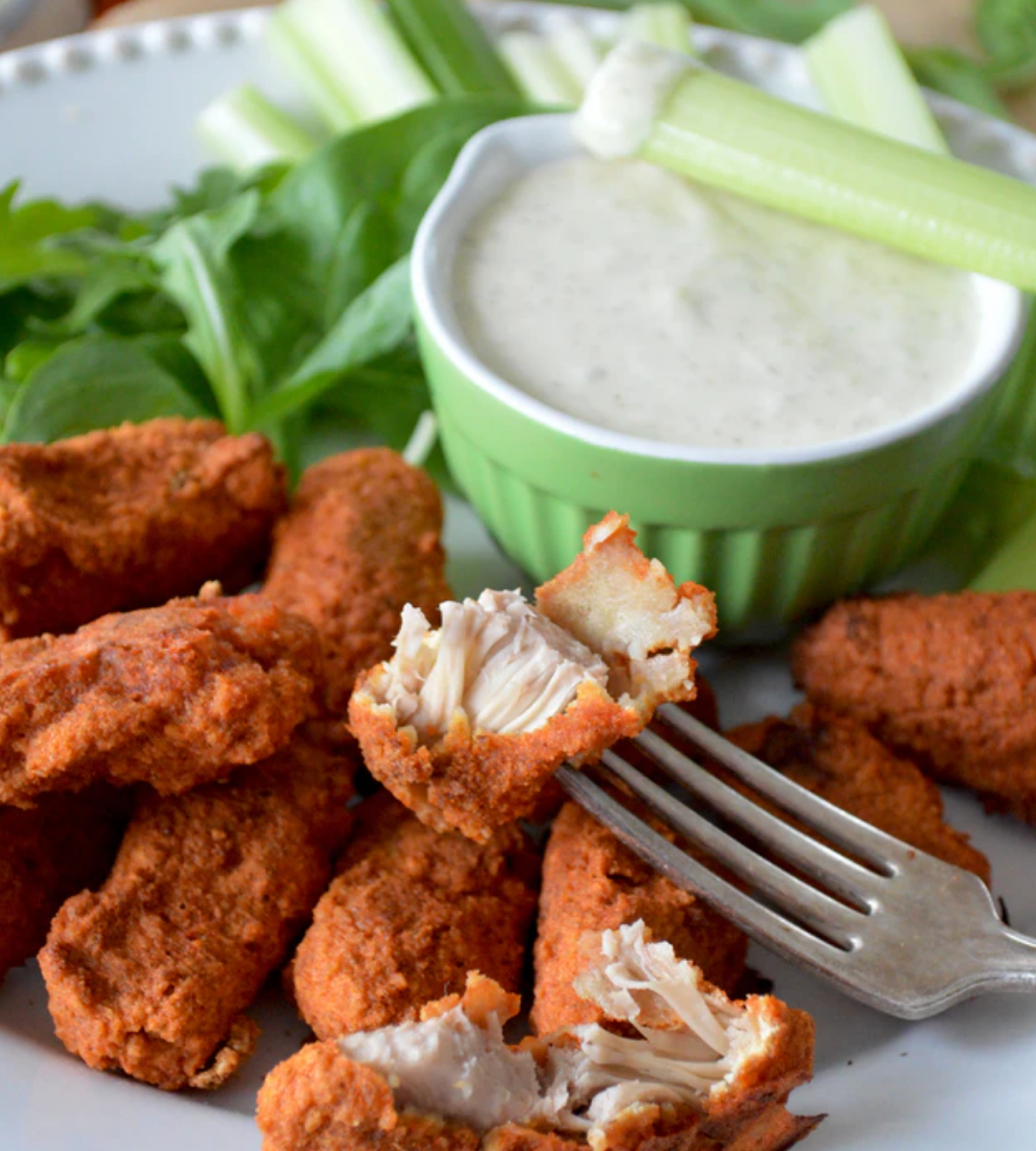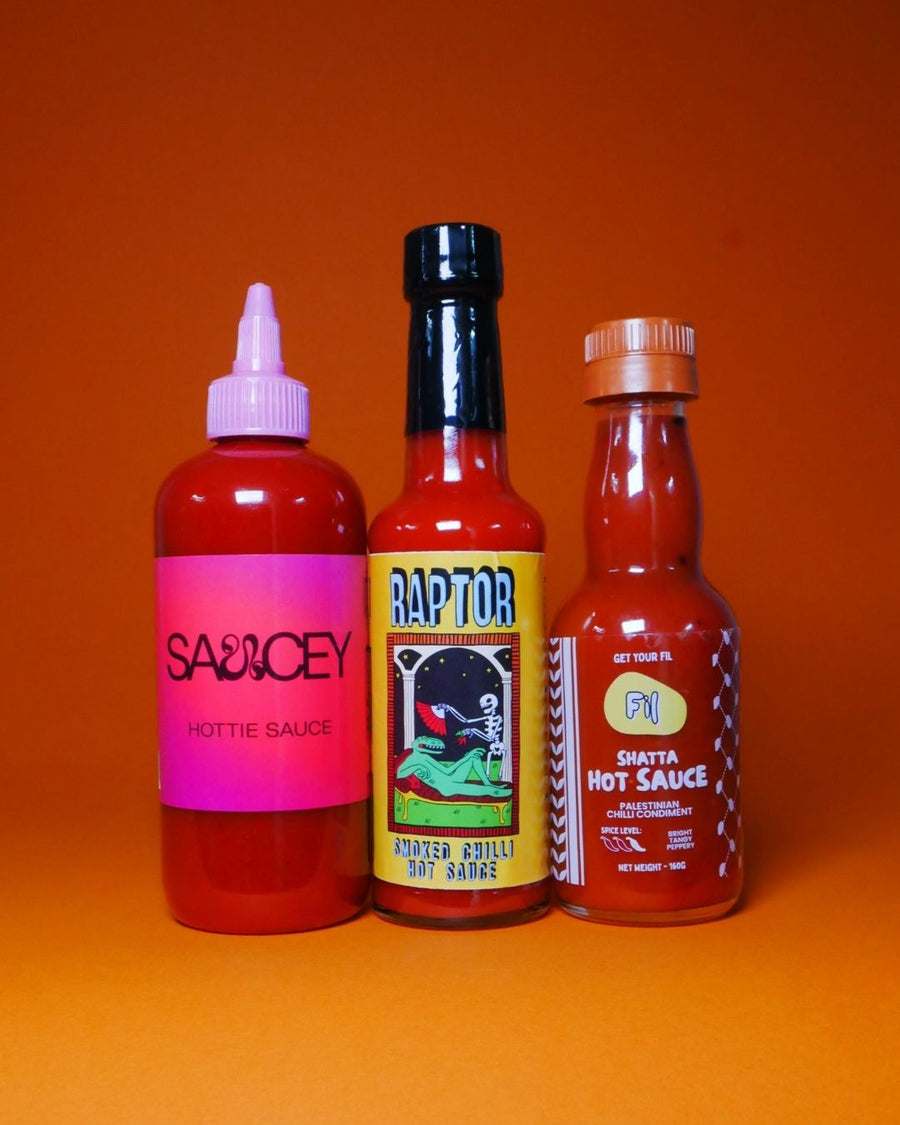Why Some People Tolerate Spicy Foods Better Than Others

Ever noticed how some people can tuck into a vindaloo without breaking a sweat, while others can barely handle a sprinkle of black pepper? It’s not just about bravery (or masochism). The truth is, our ability to handle heat is shaped by a fascinating mix of biology, culture, and personal experience.
So, if you’ve ever wondered why your mate demolishes a plate of suicide wings while you’re gulping down milk after one bite, here’s the fiery breakdown.
It Starts with the Tongue (and the Brain)
The burn from chilli isn’t an actual “taste” like sweet or salty. Instead, it’s caused by capsaicin - the active compound in chillies - binding to pain receptors in your mouth. These receptors, called TRPV1, are the same ones that detect heat. Basically, your body thinks your tongue is literally on fire.
But here’s the catch: not everyone’s receptors are equally sensitive. Some people’s TRPV1 receptors are less responsive, meaning they don’t register the same intensity of burn. Others have receptors that go into overdrive at the first hint of spice.
Genetics Play a Role
Yes, your genes are partly to blame (or thank). Research shows that genetic variations affect how sensitive we are to capsaicin. It’s a bit like how some people find coriander tastes like soap while others love it. If you’ve always been a chilli lightweight, chances are your DNA had a say in it.
Culture Shapes Your Tastebuds
Biology aside, culture has a massive impact. If you grow up in Thailand, Mexico, or India, chances are you’re exposed to chilli early and often. By the time you’re an adult, your body sees spice as normal. Compare that to someone raised in a household where the spiciest dish was a mild tikka masala - they’re going to struggle when faced with Scotch bonnets.
It’s not just about tolerance either - it’s about expectation. If you expect food to come with a kick, your brain braces for it. If you don’t, the burn can feel overwhelming.
Practice Makes Tolerant

The good news? Tolerance can be trained. Just like building muscle, you can build your spice stamina. Start small, add a little heat here and there, and gradually work your way up.
Your receptors won’t become less sensitive overnight, but your brain learns to interpret the burn differently. That’s why so many people swear by expert strategies to build spice tolerance - with a little persistence, you really can level up.
The Endorphin Rush Factor
Here’s where things get interesting: some people genuinely enjoy the pain. When capsaicin tricks your brain into thinking you’re in distress, your body releases endorphins (those feel-good chemicals). This creates a natural high, a bit like the “runner’s high” after exercise.
For spice-lovers, this rush becomes addictive. That’s why they’ll chase hotter and hotter sauces, while others are left wondering why on earth anyone would do that voluntarily.
Pain Thresholds Differ
Not everyone experiences pain the same way. Some people have higher thresholds, meaning they can endure greater discomfort before it feels unbearable. This isn’t unique to spice - it applies to everything from tattoos to stubbing your toe. So when your mate says “it’s not even that hot,” they’re not always showing off. Their brain literally registers less pain than yours.
Gut Reactions Count Too
Another factor? Your digestive system. Some people can down a fiery curry with no after-effects, while others pay for it the next morning. If your stomach or gut is more sensitive, you’re naturally going to avoid spice. No one wants a side of heartburn or a day spent clutching their belly.
Spice as a Social Badge
Beyond biology, spice tolerance often becomes a social thing. Ordering the hottest item on the menu can be a form of bravado - a way of saying, “look what I can handle.” For some, it’s about fitting into a group or proving themselves. For others, it’s simply fun to push the boundaries (and maybe get a free pint from the waiter if you manage to finish those devil wings).
Can You Improve Your Tolerance?
Absolutely. Even if you’re naturally sensitive, gradual exposure can help. A few tips:
- Start small: add a dash of chilli flakes to your pasta or stir-fry.
- Pair with dairy: yoghurt or cheese can soften the burn while you adapt.
- Experiment with sauces: find the heat level that excites you rather than terrifies you.
- Go slow but steady: your body adjusts over time.
With consistency, you’ll notice you can handle more than you thought. And who knows - you might even start craving that fiery endorphin rush.
Stocking Up for the Challenge
If you’re ready to dip your toe (or tongue) into the world of spice, the easiest way is to start with good-quality sauces. Forget gimmicky bottles that just melt your face - the real gems bring both flavour and fire. That’s where a collection of crafted condiments for heat seekers comes in handy. Think sauces that elevate your meals and help you slowly nudge up that tolerance level.
Final Thoughts
So, why can some people demolish a Scotch bonnet while others crumble at jalapeños? It’s a cocktail of genetics, culture, brain chemistry, and practice. Some people were practically born to chase the burn, while others need to train their tastebuds over time.
The good news? Tolerance isn’t fixed. With patience (and maybe a cold drink on standby), you can build your way up the spice ladder. Who knows - the next time you’re out for a curry, you might be the one laughing while your friends reach for the water.

